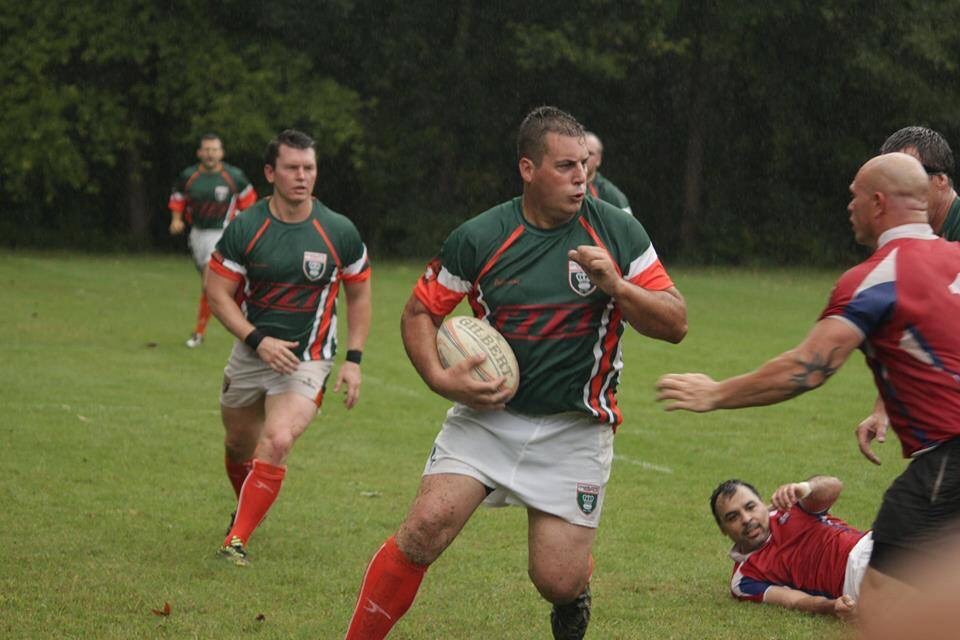
By John Norenberg, Advisor
Recently, while working with a couple of healthcare organizations, my thoughts again turned to the elusive topic of trust. Why elusive? Well, given the sheer volume of literature on how important trust is to a working environment, and although it is not recognized as such, it still is at the root of most organizational problems.
In these cases, I usually turn to my days as a rugby player. Rugby is unique in a couple of ways. First, because you must pass the ball backward, the support from your teammates is never in the same field of vision as the defenders and you must trust that your teammates will be there to support you. Second, every player is expected to understand the role of every position and be ready to fill in at any moment. Lastly, in cases where teammates are not in a position of support the best you can hope for is a loss of possession – at worst and still very likely, the tackling process will hurt…. a lot.
It is no wonder that rugby teams develop an incredibly close bond. For the reasons above and many more, trust is a requirement of the team framework. That said, there are varying levels of trust between clubs. A general case can be made that a rugby team with a higher level of trust is a more effective team. The tell-tale sign of that trust is a heightened level of intelligent risk-taking and creativity that teams with a less trusting culture don’t dare to attempt. Having played on a couple of nationally-ranked squads (with some success against international opponents), I will attest that a fully trusting team is, indeed a joy to be part of and a marvel to watch.
I’ve also found the exact same to be true in my business life. Teams with trust embedded solidly in their framework are significantly more productive and happier. They are ‘destination departments’ (departments that have waiting lists to get into) for large organizations. It is frustrating in the business world that despite this sheer volume of evidence, few fully trusting environments exist. Business organizations are infinitely more complicated than my beloved sport, so I have decided to spend more time on how to develop the trust that will unleash the productivity and creativity promised.
To develop trust within a team, the people involved need to work on 3 distinct items:
- Respect – In the absence of respect, there can be no trust. The leaders of the team must insist on a consistent working relationship ethics and morals. Please note – this goes beyond the popular ‘politically correct’ part of our culture, as this focuses on fairly superficial items. Trusting respect is much deeper than that, it is part of every individual’s belief system. When it is present, you will see a team that actively corrects itself with no hard feelings and creates better ways to perform their mission.
- Communication – The leaders must encourage wide open bi-directional communication between all team members. It is not unusual for a highly communicative team to develop protocols and an internal language to avoid pure cacophony and streamline their work.
- “The other person’s job” – At some point, everyone has a problem at work. Highly trusting teams routinely have members helping or filling in for a member that hits a rough spot – all without being asked. Imagine the emotional relief when you trust that your teammates are ready to help at a moment’s notice – automatically, without comment or immediate recompense. Now consider how the inherent gratitude generated is paid forward repeatedly until it becomes deeply ingrained in the culture. It is at this point that a team transcends their individual talents and generates several multiples in value and productivity.
The above seems rather simple. So why don’t more organizations undertake the process? In a complicated business organization with many different individuals, with their own motivations, ideas and egos, someone needs to go first. The trust cycle does not start on its own, nor will it start because of long negotiation sessions. Under a final analysis, someone needs to take the microsecond to decide to take the risk and start the ball rolling. In other words, they must trust that the other will reciprocate. In this way, it is the leaders’ job to make sure that, using the three items above, the environment supports these two people to make the decisions (to go first and then reciprocate) that will start the ball rolling.
